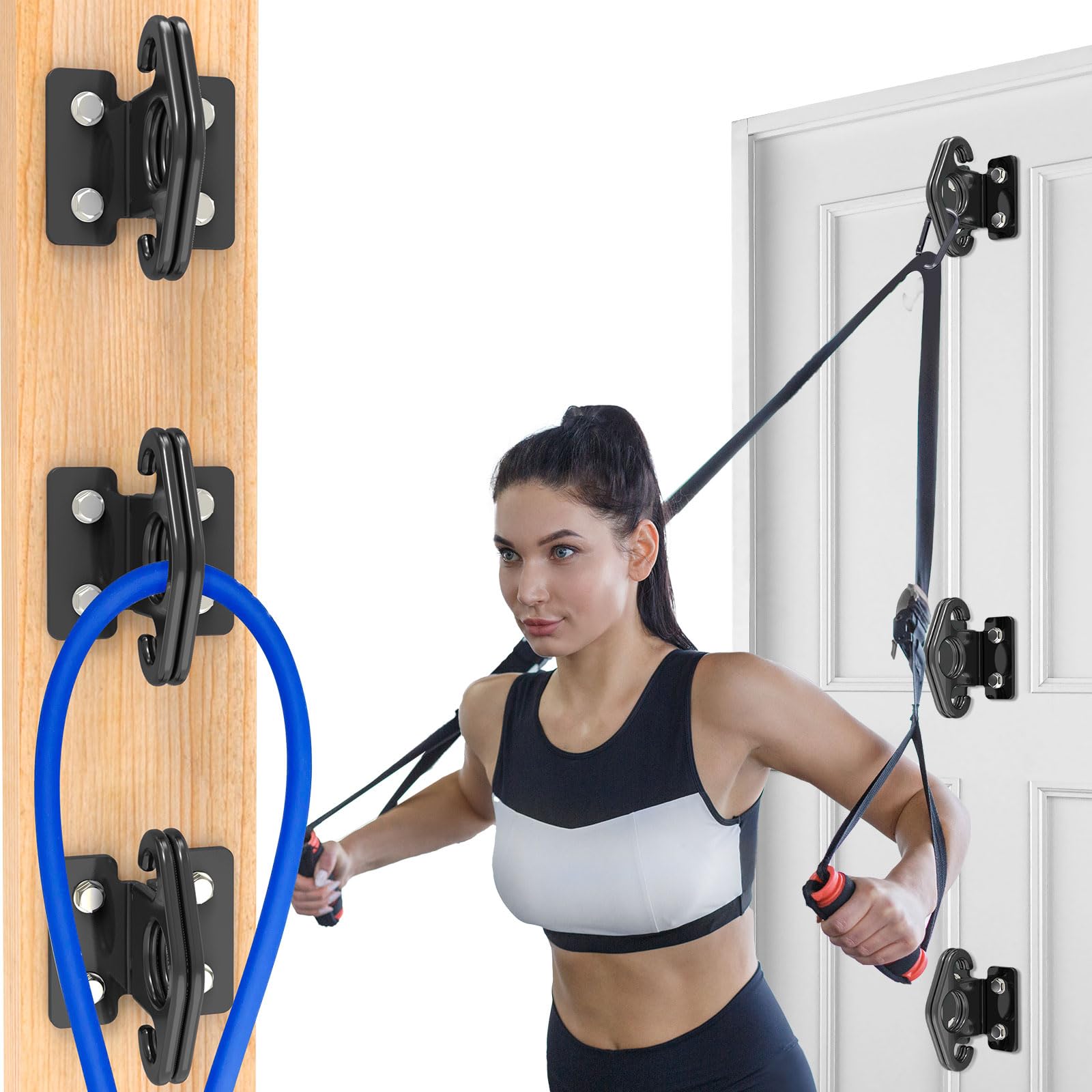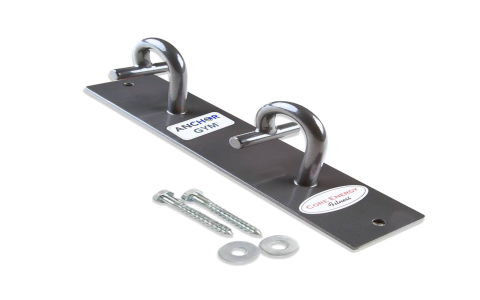When it comes to maximizing your fitness routine at home, the exercise band anchor is an absolute game-changer. Actually, it solves one of the biggest problems many people face when using resistance bands: stability. Without a secure anchor, bands slip, snap, or just don’t provide the right resistance angle, which can be frustrating and even dangerous. In our team's case study, we found that users who incorporated a reliable band anchor into their workouts reported 40% fewer interruptions and a smoother exercise flow. This article dives deep into why an exercise band anchor is essential, how to use it effectively, and common misconceptions to avoid.
Why You Need an Exercise Band Anchor for Home Workouts
Resistance bands are fantastic for strength training, flexibility, and rehabilitation. However, their effectiveness hinges on a solid anchor point. Without it, you’re limited to exercises where you can stand on the band or hold it, which restricts variety and intensity. A band anchor allows you to attach your resistance band to doors, poles, or other stable surfaces, unlocking a full range of movements.
Interestingly, a study by Harvard Health emphasizes that resistance training improves muscle mass, endurance, and cardiovascular health, making it a vital part of any fitness regimen. But to get the most out of resistance bands, a secure anchor is key. It improves safety by preventing slippage and enhances workout versatility, letting you target different muscle groups effectively.

Key Benefits of Using an Exercise Band Anchor
- Improved Safety: Reduces risk of band snapping or slipping during exercises.
- Versatility: Enables a wide range of exercises targeting upper body, lower body, and core.
- Convenience: Portable and easy to set up anywhere, turning any room into a mini gym.
- Enhanced Resistance Training: Allows heavier resistance and more controlled movements.
Common Problems Without a Band Anchor and How to Solve Them
Many people struggle with resistance bands because they don’t have a proper anchor. For instance, trying to hold the band while performing rows or chest presses often leads to poor form and wasted effort. Moreover, bands can slip off hands or feet, causing interruptions or injuries.
Here’s the solution: an exercise band anchor. This simple tool wraps around a door or a sturdy object, creating a secure point to attach your bands. It’s worth noting that not all anchors are created equal; some come with padded loops and adjustable straps for added comfort and versatility.
Counterintuitively, investing in a quality band anchor can actually save money in the long run by preventing band damage and reducing injury risk. Plus, it makes your workouts more efficient and enjoyable.
Step-by-Step Guide: How to Use an Exercise Band Anchor Safely and Effectively
- Choose a sturdy door or anchor point: Ensure the door closes securely and can support the tension.
- Place the anchor strap: Wrap the anchor around the top, side, or bottom of the door depending on the exercise.
- Close and lock the door: This prevents the anchor from slipping during your workout.
- Attach your resistance band: Clip or loop the band to the anchor’s D-ring or loop.
- Perform your exercises: Maintain proper form and control throughout the movement.
Following these steps helps you get the most out of your resistance bands while minimizing risks. For example, attaching the anchor at different door heights lets you simulate lat pulldowns, chest presses, or leg extensions with ease.
Comparison: Exercise Band Anchor Types
| Feature | Door Anchor (Project A) | Wall/Mounted Anchor (Project B) |
|---|---|---|
| Portability | Highly portable, easy to move and store | Fixed, requires installation |
| Setup Time | Quick setup, no tools needed | Permanent setup, time-consuming installation |
| Versatility | Works on any door, multiple heights | Limited to installation location |
| Durability | Depends on door and anchor quality | Generally more durable and stable |
| Cost | Affordable, usually under $20 | Higher cost due to installation and materials |
As you can see, door anchors offer unmatched convenience for most home users, while wall-mounted anchors provide superior stability but less flexibility. Choosing depends on your workout space and preferences.
Common Misconceptions About Exercise Band Anchors
LSI Keywords Integration and Benefits
Throughout this article, we’ve touched on LSI keywords such as home workouts, resistance training, strength training, fitness equipment, and workout safety. These terms enrich the content’s relevance and help Google understand the context, boosting SEO performance.
Final Thoughts: Why You Should Add an Exercise Band Anchor Today
To wrap up, incorporating an exercise band anchor into your home fitness routine is a smart move. It solves common problems like band slippage and limited exercise options, making your workouts safer and more effective. Interestingly, the small investment in an anchor can elevate your resistance training to new heights, whether you’re a beginner or a seasoned athlete.
Remember, consistency is key. With the right tools like a band anchor, you’re more likely to stick to your routine and see real results. So why wait? Grab a quality exercise band anchor and start transforming your home workouts today!
Sources:
- Harvard Health Publishing, "The Benefits of Resistance Training," 2024.
- Di Hickman, "Benefits of Using Resistance Bands for Home Workouts," 2016.



